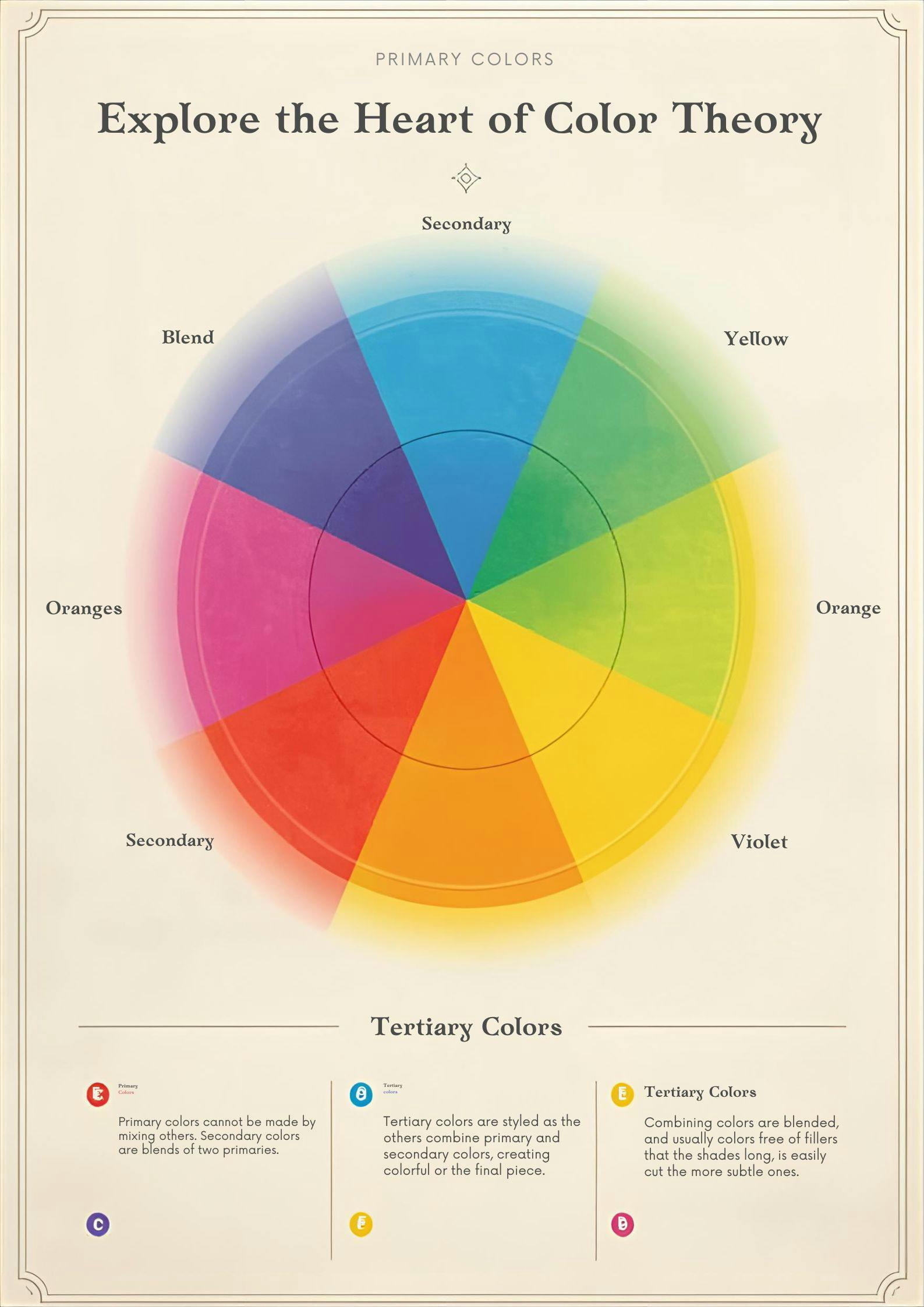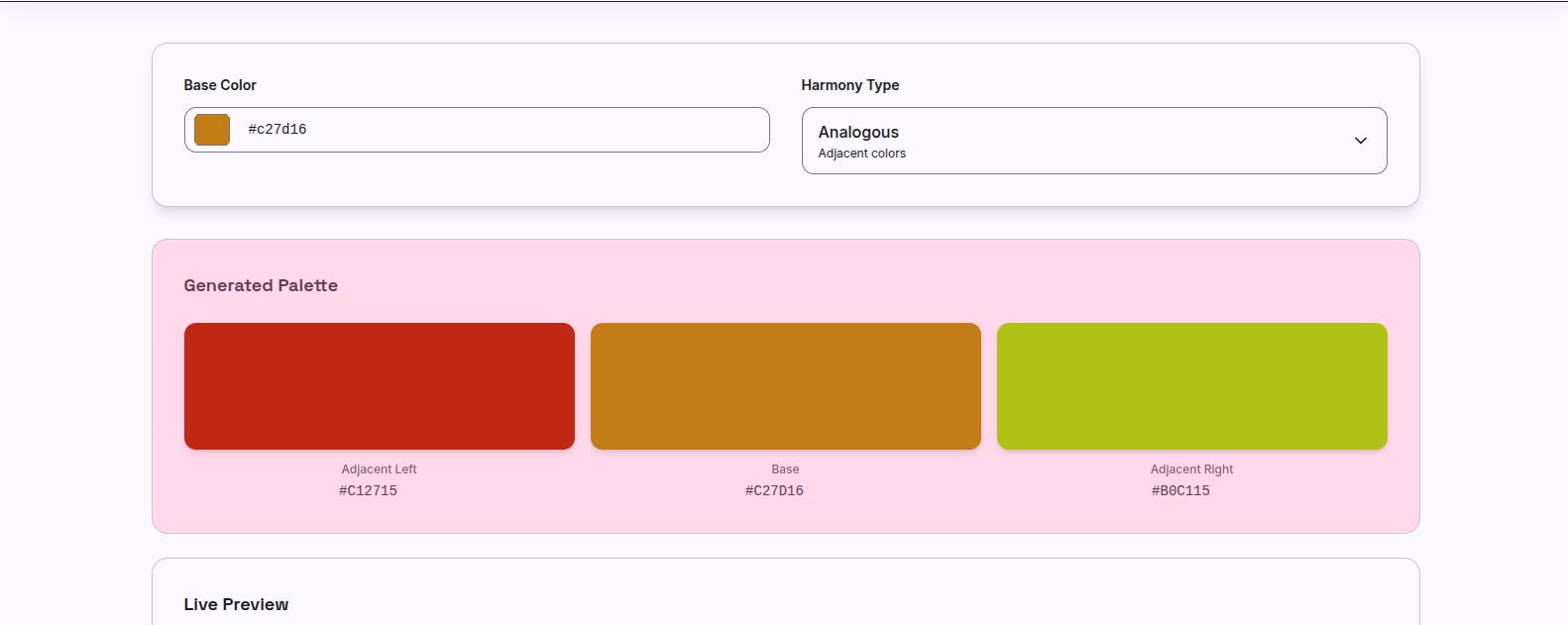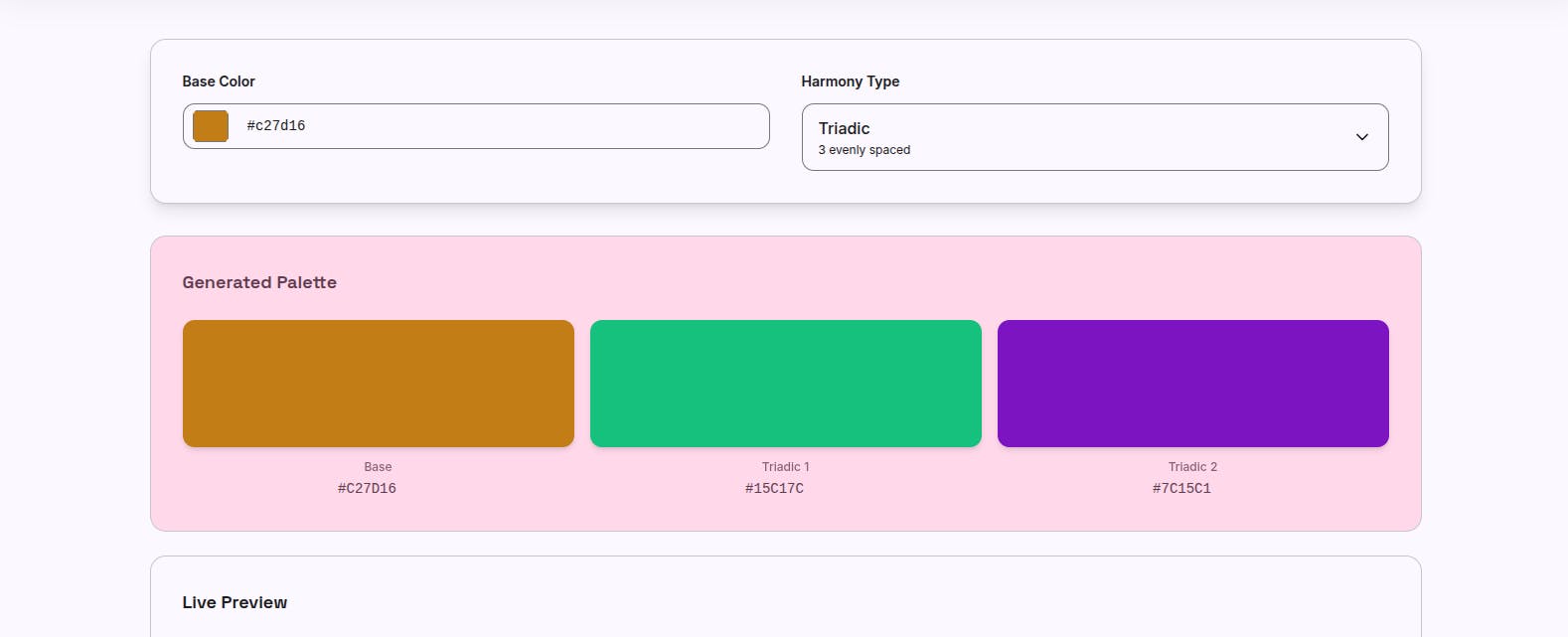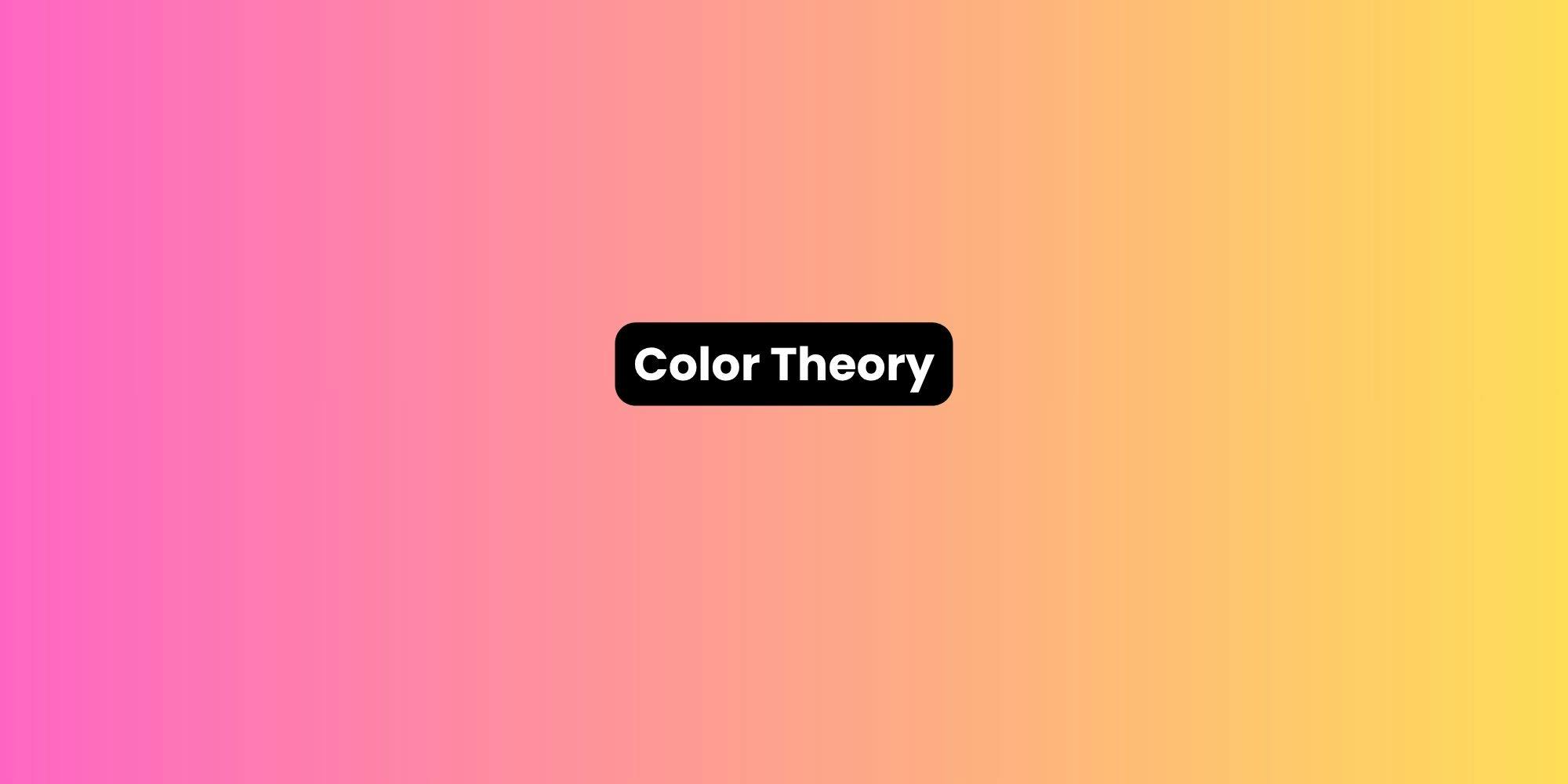Understanding color theory is essential for artists and web designers who want to create visually compelling work.
Color theory provides a structured approach to combining colors effectively, helping you make intentional design choices rather than guessing.
Whether you're painting, designing websites, or decorating a room, mastering these fundamental principles will elevate your creative projects.
This guide breaks down color theory into digestible concepts that anyone can apply immediately to their work.
The Color Wheel
The color wheel is the foundation of color theory, serving as a visual representation of how colors relate to one another.
Developed by Sir Isaac Newton in 1666, this circular diagram organizes colors in a logical sequence that reveals their relationships.

The traditional color wheel contains 12 colors derived from three primary colors, which mix to create secondary colors and tertiary colors.
Understanding the color wheel helps you predict how colors will interact and guides you in creating harmonious color combinations for any project.
Primary and Secondary Colors
Primary colors form the building blocks of all other colors on the wheel. These colors—red, blue, and yellow—cannot be created by mixing other colors together.
They exist independently and serve as the starting point for color mixing. When you combine two primary colors in equal proportions, you create secondary colors.
Mixing red and yellow produces orange, blue and yellow create green, and red and blue make purple.
These six colors (three primary and three secondary) establish the basic structure of the color wheel and provide endless possibilities for color combinations.
Tertiary Colors
Tertiary colors expand your palette by filling the gaps between primary and secondary colors.
These colors are created by mixing a primary color with an adjacent secondary color on the color wheel.
The six tertiary colors are:
- Red-orange
- Yellow-orange
- Yellow-green
- Blue-green
- Blue-purple
- Red-purple
Understanding tertiary colors gives you a more nuanced color palette to work with, allowing for subtle variations and sophisticated color schemes.
These intermediate hues provide the variety needed to create depth and interest in your designs while maintaining color harmony.
Color Schemes
Color schemes are predetermined formulas for selecting colors that work well together. These systematic approaches take the guesswork out of choosing colors and ensure your palette creates visual harmony.
By following established color schemes based on the color wheel, you can create professional-looking designs even as a beginner.
Different color schemes evoke different moods and serve different purposes, so understanding each type helps you make strategic color choices for your specific project needs.
Complementary Color Scheme
A complementary color scheme uses colors that sit directly opposite each other on the color wheel.
Examples include red and green, blue and orange, or yellow and purple.
This scheme creates maximum contrast and visual interest because complementary colors intensify each other when placed side by side.
The high contrast makes this scheme ideal for making elements stand out or creating dynamic, energetic designs.
However, use complementary colors carefully—too much contrast can be overwhelming, so consider using one color as dominant and the other as an accent.
Analogous Color Scheme
Analogous color schemes feature colors that are next to each other on the color wheel, such as blue, blue-green, and green.

This approach creates serene, harmonious designs because the colors share common undertones.
Analogous schemes occur frequently in nature—think of a sunset with its reds, oranges, and yellows—making them inherently pleasing to the eye.
When using analogous colors, choose one dominant color, a second to support it, and a third as an accent to create visual hierarchy and prevent monotony.
Triadic Color Scheme
A triadic color scheme employs three colors that are evenly spaced around the color wheel, forming a triangle.
Examples include red, yellow, and blue (the primary colors) or orange, green, and purple (the secondary colors).

This scheme offers strong visual contrast while maintaining color balance, creating vibrant yet harmonious designs.
Triadic schemes work best when you let one color dominate and use the other two as accents, preventing the palette from becoming too chaotic or competitive.

